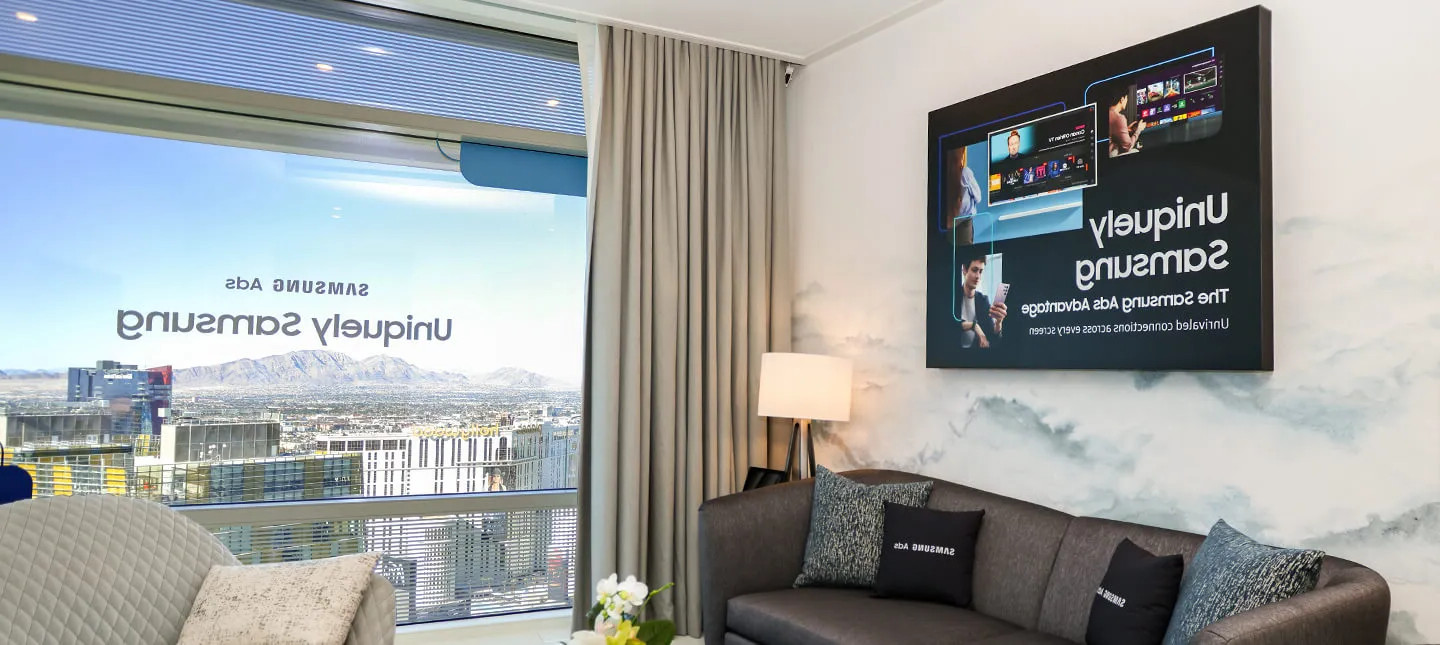Keep Your Cool in Master Control
Extend equipment life with proper heat management

Cooler fall temperatures may be on the way, but the heat is always on for the broadcast and IT equipment in master control. All electronics generate heat—and that heat can build up and damage the various components you need to run your station or provide access to content for post production. Proper cooling extends the life of your gear and makes it more reliable. Of course, most master controls don’t have an ambient temperature that supports IT or broadcast equipment, so you’re going to need more than the integrated fans in your equipment to keep the area cool and mitigate the heat.
The optimal room temperature for most broadcast equipment is 68 degrees. This is not the same as modern IT server rooms. Much of the IT world has been redesigning equipment to operate in warmer temperatures—between 78 and 80 degrees—which means less cooling is required. Unfortunately, most broadcast equipment still includes temperature-sensitive components that are different than what you’d find in a typical server or switch.
If you’re moving master control to a new area of an existing building, avoid spaces with exterior windows, which essentially act like solar heaters. And no, there is no window AC on the market that delivers enough cooling for any level of broadcast gear.
Interior “show off” windows for master control are neither good nor bad, just expensive. Besides the never-ending battle of climate control, master control is filled with equipment that makes lots of noise. You don’t want to hear the fans, hard drive arrays and other components outside of the room—and you don’t want to transmit the heat from other parts of the building into the room. You’ll need a high-end window and a lot of insulation to compensate for both. Unless you really, really need to show off the blinking lights of your servers and broadcast gear, avoid the window.
Given a choice in room size, bigger is always better. With a smaller space, there’s not a lot of margin for error. If the AC fails, the smaller room will get hotter faster, which means the risk of damaging your equipment gets much higher much faster.
Some master control areas are nothing more than recommissioned closets with insufficient AC. For compact spaces like this, companies like Liebert and Emcor offer self-contained rack enclosure systems with integrated cooling systems, which can act as primary or secondary cooling alternatives.
Remember, it’s essential that you have some way to not only cool the room but to remove heat from the equipment in the room. There are definitely more efficient equipment layouts to aid in your cooling quest. One time-tested technique is the “hot aisle/cold aisle” layout, which uses air flow management based on your equipment’s interior cooling fans.
If you have multiple racks, the ideal cooling situation is to have them facing away from each other. The cooling fans intake air from the front, exhausting hotter air in the back, and then the hot air is directed toward the room’s AC return vent. By lowering the friction of air movement within the room, the air entering the equipment is as cold as possible. Studies have shown the hot aisle/cold aisle layout can increase AC efficiency by up to 20%, which can result in significant power savings.
For a long time, there was a theory in our industry that colder was better. It’s true that cold is far more forgiving than heat when it comes to broadcast and IT equipment, and it’s always best to err on the side of being too cool as opposed to being too warm. However, you shouldn’t need to wear a parka if your master control is properly designed, particularly with today’s quality air conditioning systems and advanced thermostats.
Dave Van Hoy is the president of Advanced Systems Group, a systems integrator based in Emeryville, Calif., with offices in Los Angeles, the New York Metro Area, and the Rocky Mountain Region. Contact him at 510-654-8300 or visit www.asgllc.com.
Get the TV Tech Newsletter
The professional video industry's #1 source for news, trends and product and tech information. Sign up below.
